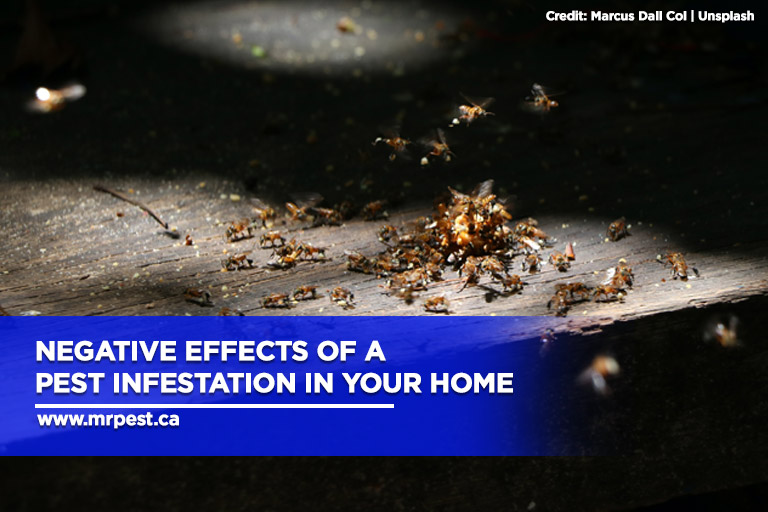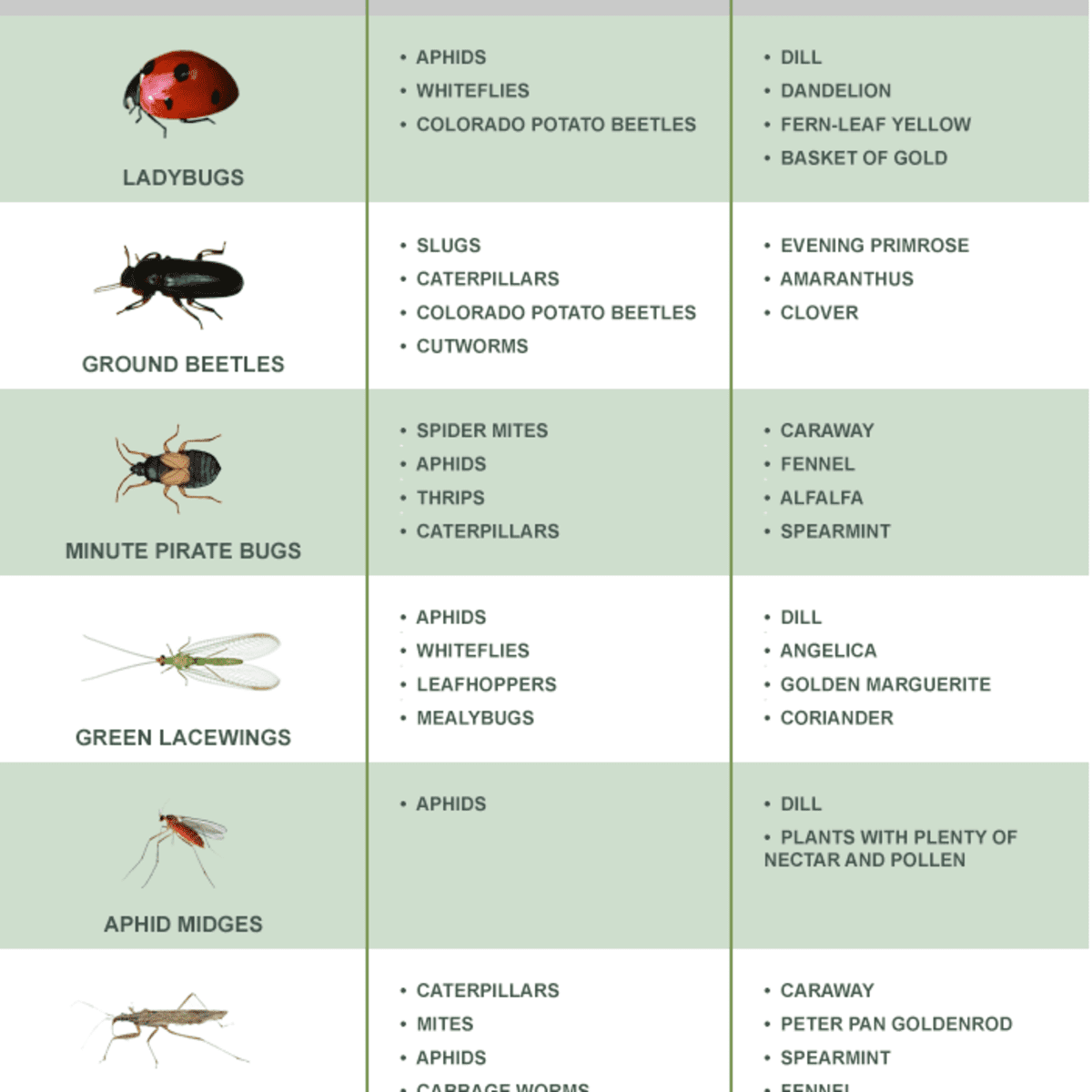Excitement About Eco Bed Bug Exterminators Dc
Table of ContentsThe Best Guide To Eco Bed Bug Exterminators DcSome Known Factual Statements About Eco Bed Bug Exterminators Dc Excitement About Eco Bed Bug Exterminators DcThe smart Trick of Eco Bed Bug Exterminators Dc That Nobody is DiscussingThe Single Strategy To Use For Eco Bed Bug Exterminators Dc
Because pesticides are poisonous, they are additionally potentially unsafe to humans, pets, other organisms, and the environment. Individuals who make use of pesticides or routinely come in call with them need to recognize the loved one toxicity, potential health and wellness impacts, and preventative measures to decrease direct exposure to the items they make use of. Hazard, or threat, of using chemicals is the potential for injury, or the level of threat entailed in making use of a pesticide under a provided set of problems.
Applicators can decrease or virtually get rid of exposure-- and therefore decrease threat-- by complying with the tag instructions, making use of individual protective clothes and tools (PPE), and handling the chemical appropriately. Even more than 95 percent of all pesticide direct exposures come from dermal direct exposure, mainly to the hands and forearms. By putting on a pair of unlined, chemical-resistant gloves, this kind of direct exposure can be almost gotten rid of.
The harmful effects that take place from a single exposure by any kind of course of access are termed "severe results." The 4 paths of direct exposure are dermal (skin), breathing (lungs), dental (mouth), and the eyes. Acute toxicity is established by examining the facial poisoning, breathing toxicity, and oral toxicity of test pets.
The Facts About Eco Bed Bug Exterminators Dc Uncovered
Severe toxicity is measured as the amount or concentration of a toxicant-- the a.i.-- called for to eliminate 50 percent of the animals in an examination populace. This measure is generally expressed as the LD50 (deadly dosage 50) or the LC50 (lethal focus 50). In addition, the LD50 and LC50 values are based upon a solitary dose and are tape-recorded in milligrams of chemical per kg of body weight (mg/kg) of the test pet or partially per million (ppm).
The lower the LD50 or LC50 worth of a chemical item, the greater its toxicity to humans and pets. Pesticides with a high LD50 are the least hazardous to human beings if used according to the instructions on the product tag. The chronic toxicity of a chemical is identified by subjecting examination pets to long-term direct exposure to the energetic component.
The chronic poisoning of a chemical is harder than severe toxicity to identify via research laboratory analysis. Products are classified on the basis of their loved one severe toxicity (their LD50 or LC50 worths). Chemicals that are classified as extremely toxic (Poisoning Group I) on the basis of either dental, facial, or breathing toxicity have to have the signal words DANGER and poisonous substance published in red with a skull and crossbones icon plainly presented on the front panel of the package tag.
The intense (solitary dosage) dental LD50 for pesticide items in this team varies from a trace total up to 50 mg/kg. For instance, exposure of a few decreases of a material taken orally can be fatal to a 150-pound individual. Some pesticide items have simply the signal word risk, which informs you absolutely nothing about the intense toxicity, just that the product can trigger severe eye damage or extreme skin irritability
The Facts About Eco Bed Bug Exterminators Dc Uncovered
In this classification, the severe oral LD50 arrays from 50 to 500 mg/kg. A tsp to an ounce of this product can be fatal to a 150-pound individual (how to get rid of bed bugs). Chemical products classified as either slightly toxic or reasonably safe (Poisoning Groups III and IV) are needed to have the signal word CAUTION on the pesticide label

All chemical poisoning worths, consisting of the LD50, can be located on the item's Product Security Information Sheet (MSDS) - how to get rid of bed bugs. Pesticide labels and MSDS can be acquired from sellers or produces. On top of that, the majority of products also have info that can be located find out online. The symptoms of pesticide poisoning can range from a moderate skin irritability to coma or perhaps death.
People also vary in their sensitivity to various degrees of these chemicals. Some individuals may reveal no reaction to an exposure that might create extreme disease in others (bed bug treatment). Due to the fact that of prospective wellness issues, pesticide individuals and handlers should acknowledge the common symptoms and signs of chemical poisoning. The effects, or signs, of pesticide poisoning can be broadly defined as either topical or systemic.
Everything about Eco Bed Bug Exterminators Dc
Dermatitis, or inflammation of the skin, is accepted as the most commonly reported topical impact linked with chemical direct exposure. Some people tend to cough, hiss, or sneeze when subjected to pesticide sprays.
This symptom generally subsides within a couple of mins after an individual is gotten rid of from the direct exposure to the toxic irritant. However, a reaction to a chemical product that creates someone not only to sneeze and cough yet also to develop extreme acute breathing signs and symptoms is most likely to be a true hypersensitivity or sensitive reaction.
Systemic results are quite different from topical effects. They often take place away from the initial factor of contact as a result of the pesticide being soaked up into and distributed throughout the body.